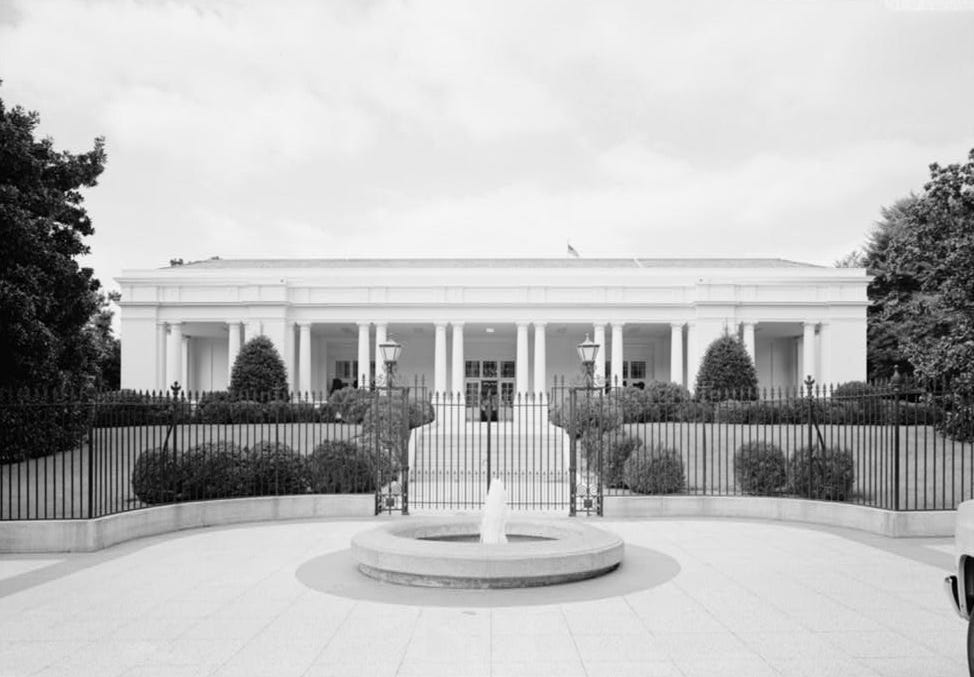We Feel the Loss of the East Wing
Editorial

A historian emailed me this morning fresh off a return trip from Europe, where she says even people there were in shock over the rubble that remains of the White House East Wing.
And while there’s been a lot of criticism of the outrage over this week’s demolition of the 1902 structure built during the Theodore Roosevelt administration that ultimately housed the Office of the First Lady in 1977 when former First Lady Rosalynn Carter carved out the space for future first ladies, it’s for an obvious reason.
It’s sad.
Keep reading with a 7-day free trial
Subscribe to East Wing Magazine to keep reading this post and get 7 days of free access to the full post archives.


